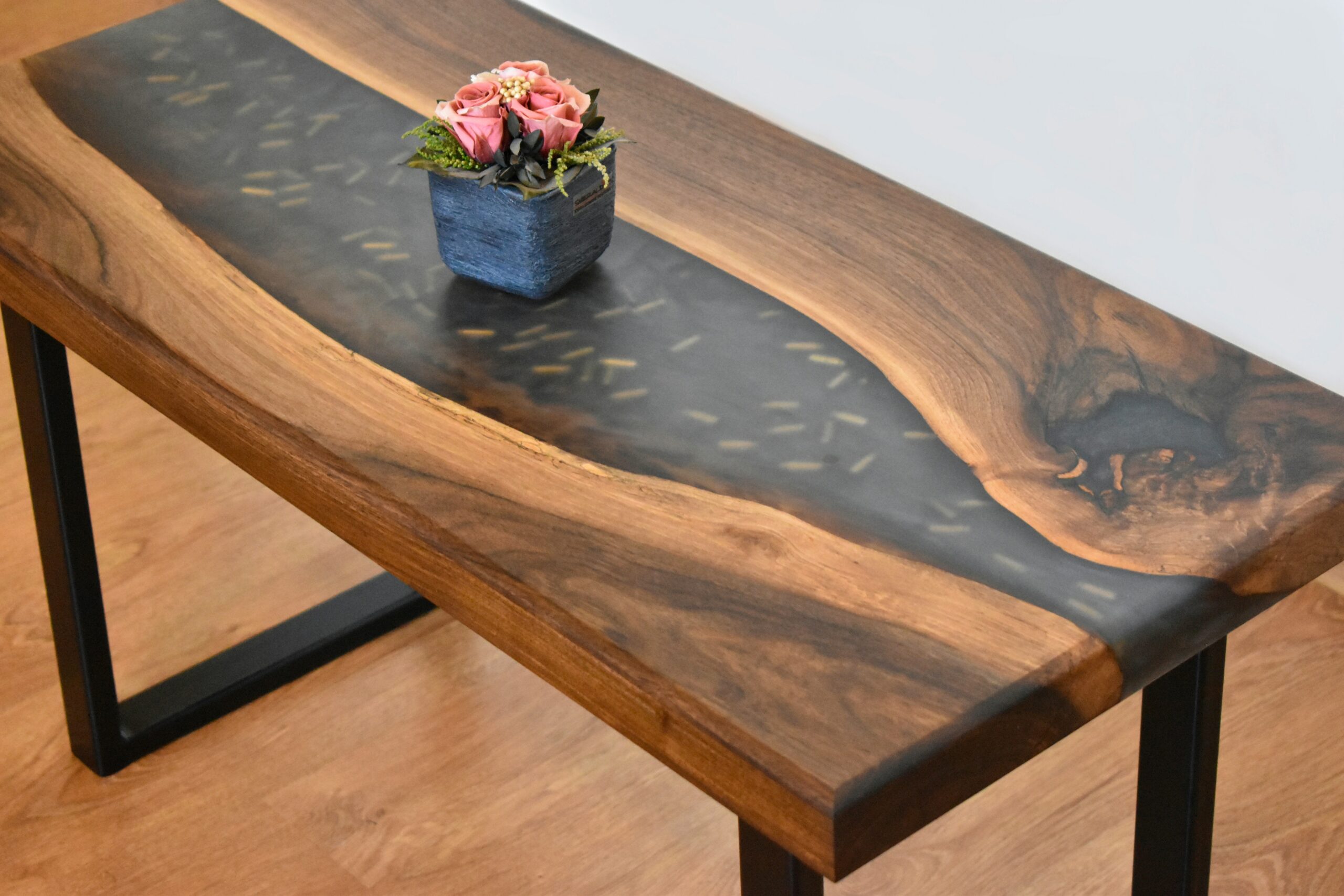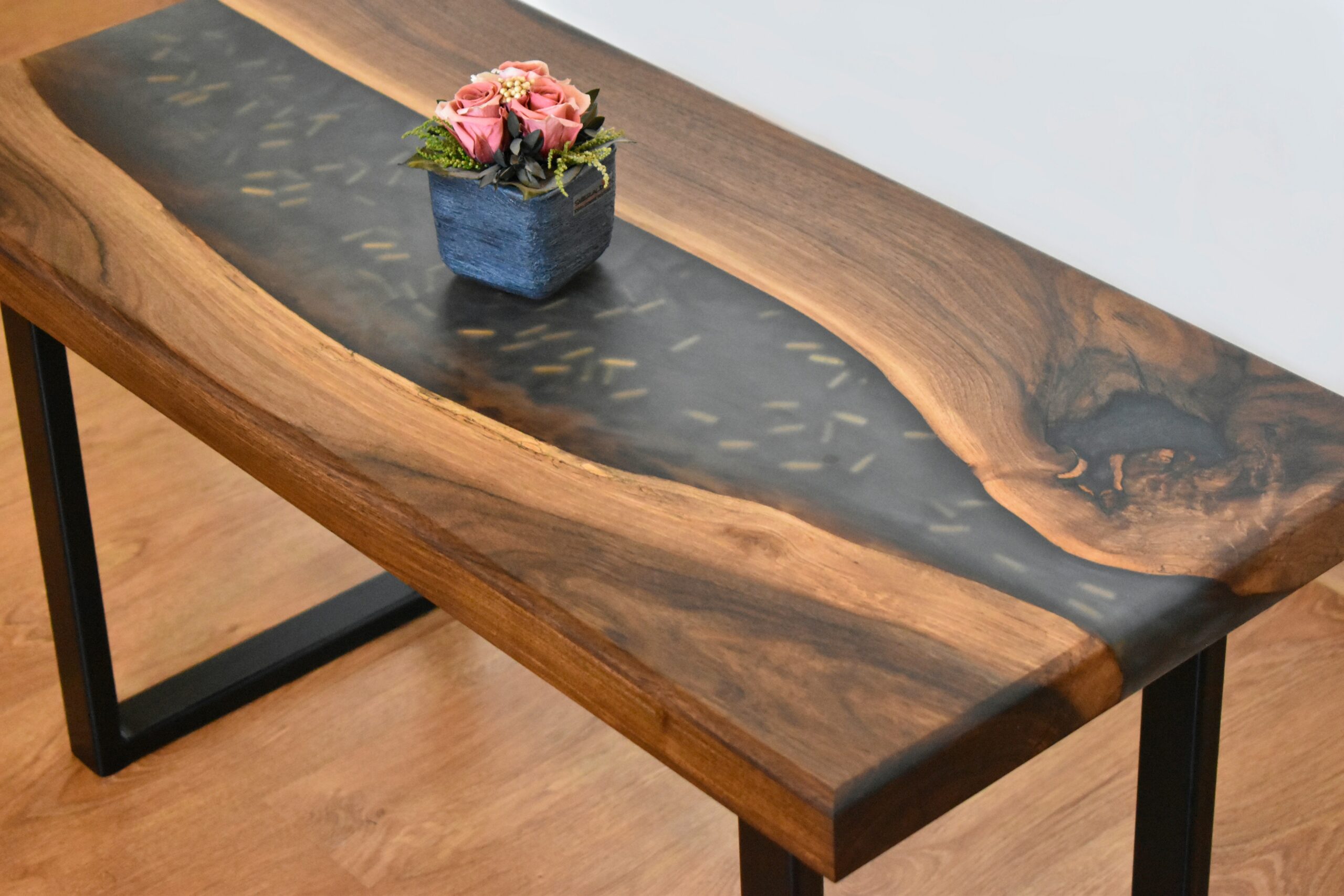- Introduction to Epoxy Flooring
- Overview of Alternative Flooring Options
- Durability Comparison
- Aesthetic Appeal: Epoxy vs Alternatives
- Installation Process: Epoxy vs Other Flooring
- Maintenance and Care: A Detailed Analysis
- Cost Considerations: Long-term Investment vs Initial Expense
- Environmental Impact: Is Epoxy Flooring Sustainable?
- Conclusion: Making the Right Choice for Your Space
Introduction to Epoxy Flooring
Epoxy flooring is a type of flooring system that is composed of a mixture of resin and hardener, which, when combined, create a durable and versatile surface. This composite material is known for its robust characteristics, making it suitable for a variety of applications. Once applied, epoxy transforms concrete surfaces into resilient, long-lasting floors that are resistant to wear, chemicals, and stains. The popularity of epoxy flooring has surged in recent years, driven by its functionality and aesthetic appeal.
Epoxy flooring is particularly favored in both residential and commercial environments. In residential settings, homeowners often choose epoxy for garages, basements, and even kitchens due to its ability to withstand heavy traffic and its ease of maintenance. The gloss finish associated with epoxy also offers an attractive sheen that elevates the overall look of the space. In commercial settings, such as warehouses, retail stores, and hospitals, epoxy is a preferred choice because it effectively meets the demands of high-traffic areas while also providing safety features, including slip resistance and fire retardancy.
The composition of epoxy flooring typically includes a base layer and a topcoat, which is tailored according to specific requirements. The curing process begins once the resin and hardener are mixed, resulting in a chemical reaction that solidifies the materials into a cohesive, strong bond with the underlying surface. This application process can be customized with various colors, textures, and designs, allowing for personalization and creativity, making it a popular choice among designers and architects. Given its numerous advantages, epoxy flooring presents itself as a competitive option against traditional flooring materials, such as tile, hardwood, and carpet.
Overview of Alternative Flooring Options
When considering flooring for residential or commercial spaces, it is essential to explore a variety of options beyond epoxy flooring. Each flooring alternative offers unique characteristics, durability, and aesthetic appeal, catering to different needs and preferences. Among the most popular flooring options are concrete, tile, and vinyl.
Concrete flooring has gained immense popularity due to its durability and minimal maintenance requirements. This type of flooring can be polished or stained to achieve various looks, from a sleek, modern finish to a rustic appearance. Concrete is particularly advantageous in industrial settings, basements, and outdoor areas due to its strength and resistance to moisture. However, it can be hard and cold underfoot, leading some to consider additional insulation or rugs for comfort.
Tile flooring is another commendable alternative, often favored for its versatility and water resistance. Available in materials such as ceramic, porcelain, and natural stone, tile can be used in various applications including kitchens, bathrooms, and entryways. Its durability makes it an ideal choice for high-traffic areas. Furthermore, tile offers a broad spectrum of styles, colors, and patterns, allowing homeowners to personalize their spaces. However, installation can prove labor-intensive and may require professional help, which can increase the total project cost.
Vinyl flooring has emerged as a highly sought-after option due to its affordability and ease of installation. With advancements in technology, vinyl can now mimic the appearance of natural materials like wood and stone, providing both aesthetic value and significant practical benefits. It is known for its resilience, making it suitable for households with pets or children. Additionally, vinyl is available in sheets, tiles, and planks, offering versatility in design choices. However, while it offers a comfortable surface, it may not match the longevity of options like tile or concrete.
In exploring alternative flooring options such as concrete, tile, and vinyl, it becomes evident that each comes with its advantages and drawbacks. Understanding these features helps homeowners and business owners make informed choices tailored to their specific needs.
Durability Comparison
When assessing flooring options, one of the most critical factors to consider is durability. Epoxy flooring is well-regarded for its impressive strength and longevity, often outperforming alternatives such as concrete, tile, and vinyl in various aspects. Notably, epoxy surfaces exhibit remarkable resistance to stains, scratches, and the wear induced by heavy foot traffic, making them a preferred choice for both residential and commercial installations.
Concrete flooring, while inherently robust, may require additional treatments to enhance its durability. It is prone to cracking if not properly installed or maintained and can be damaged by harsh chemicals. Moreover, untreated concrete can absorb spills, leading to unsightly stains that can be challenging to remove. In contrast, epoxy forms a seamless, non-porous surface which acts as a barrier against spills and contaminants, significantly minimizing the risk of staining.
Tile flooring, on the other hand, is known for its aesthetic appeal and variety but can be susceptible to chipping and cracking due to impacts. While grout lines can be an attractive feature, they may also harbor dirt and moisture, which compromises hygiene over time. Epoxy flooring circumvents this issue through its seamless finish, which not only enhances cleanliness but also eliminates the potential for mold growth in grout lines.
Vinyl flooring is often celebrated for its cost-effectiveness and comfort underfoot; however, it is more likely to suffer from scratches and dents. In environments with high foot traffic, vinyl may not endure as well as epoxy, which is designed to withstand rigorous use. Therefore, when comparing the durability of flooring options, it becomes evident that epoxy flooring stands out for its long-lasting nature, resilience against damage, and ease of maintenance, making it a commendable choice for various applications.
Aesthetic Appeal: Epoxy vs Alternatives
When considering flooring options, aesthetic appeal plays a critical role in decision-making for both residential and commercial spaces. Epoxy flooring stands out for its versatility in colors, patterns, and finishes. A significant advantage of epoxy systems is their ability to be customized. Homeowners and business owners can choose from a wide range of colors and hues, allowing for tailored designs that can complement or enhance existing décor. For instance, vibrant hues can create a lively atmosphere in creative spaces, while subdued tones may add sophistication to corporate environments.
Additionally, epoxy flooring can be designed with various patterns, including spacious swirls, marble-like finishes, and flake systems that can mimic granite. Such options not only cater to personal preferences but also enable the creation of unique visual experiences that traditional flooring materials often lack. In contrast, more conventional flooring options, such as hardwood or tile, may come in limited colors and designs, which can result in less individuality and creativity in interior spaces.
Moreover, the high-gloss finish that epoxy provides contributes to an elegant shine, enhancing the room’s overall brightness. This reflective quality can make spaces appear larger and more open, which is particularly beneficial in smaller areas. By comparison, traditional flooring materials can absorb light and may not offer the same luminous effect, which can feel confining or dark.
Ultimately, the aesthetic appeal of epoxy flooring presents a compelling case against alternatives. Its extensive customization options, along with the ability to create striking visual designs and finishes, make it a formidable choice for those seeking to enhance the visual aspects of their spaces. When evaluating flooring choices, it is essential to consider how these aesthetic elements will impact the overall ambiance of both residential and commercial environments.
Installation Process: Epoxy vs Other Flooring
The installation process for different flooring options can significantly influence the decision-making for homeowners and business owners alike. When comparing epoxy flooring to traditional alternatives such as hardwood, tile, and carpet, it is essential to evaluate the complexity, duration, and necessary skill level required for each type. Epoxy flooring installation is known for its efficiency but also demands a particular set of skills and attention to detail.
Epoxy flooring installation typically begins with surface preparation, which involves cleaning and repairing the substrate. This step is crucial, as any imperfection can affect the adhesion and overall finish of the epoxy. After the surface is adequately prepared, a primer is applied, followed by mixing the epoxy resin and hardener. The application process can be relatively quick, often completed within a single day depending on the size of the area. However, achieving a flawless finish requires skilled labor to ensure uniformity and proper coverage.
In contrast, traditional flooring options vary widely in their installation processes. For instance, hardwood flooring usually requires acclimation, meticulous measuring, and precise cutting, often taking several days to install properly, especially in larger spaces. Tile installation often involves the use of mortar and grout, necessitating additional drying times that can extend overall project timelines. Carpeting can be a faster option, but it still requires adequate preparation, often needing the removal of existing flooring, which may increase downtime.
When assessing time efficiency, epoxy flooring stands out due to its quick application and minimal downtime. Homeowners can typically resume normal activities within 24 hours after installation, while other flooring types may require several days for curing and settling. Ultimately, the choice of flooring will depend not only on individual preferences but also on the consideration of installation complexity and time requirements.
Maintenance and Care: A Detailed Analysis
Choosing the right flooring option often involves considering maintenance requirements. Among various flooring types, epoxy flooring stands out for its low maintenance needs when compared to alternatives like concrete, tile, and vinyl. To understand this difference, it is essential to analyze the cleaning and upkeep demands each flooring type presents.
Epoxy flooring is renowned for its durability and resistance to stains, making it a favorable choice for both residential and commercial environments. Its seamless surface minimizes the accumulation of dirt, grime, and bacteria, allowing for easy cleaning. Typically, a simple sweep and occasional mop with a neutral cleaning solution suffice to maintain its appearance. Unlike porous materials, which may require sealing or special treatments over time, epoxy requires minimal effort to keep looking new.
In contrast, concrete flooring can be more demanding. While it is robust, it is also susceptible to stains and requires regular sealing to protect against water and chemical damages. Cleaning concrete usually involves scrubbing and the use of specific cleaning agents, which can be labor-intensive and time-consuming.
Tile flooring, while visually appealing, demands significant upkeep. Grout lines can trap dirt and mold, necessitating regular scrubbing or chemical treatments to maintain hygiene and aesthetics. Although tiles themselves are relatively easy to clean, the grout requires specific attention and often involves more maintenance than an epoxy surface.
Vinyl, on the other hand, presents its own challenges. Although it is generally easy to clean with mild detergents, vinyl can become scratched or damaged under heavy loads. Regular waxing or buffering may also be required to preserve its glossy finish, especially in high-traffic areas.
In conclusion, when evaluating the maintenance and care characteristics of different flooring options, epoxy flooring offers a clear advantage in its minimal upkeep requirements, positioning it as a practical choice amidst other choices like concrete, tile, and vinyl.
Cost Considerations: Long-term Investment vs Initial Expense
When evaluating flooring options, particularly between epoxy flooring and alternative materials, it is crucial to consider both the initial installation costs and the long-term financial implications. Epoxy flooring generally has a moderate initial expense, which can vary based on factors such as the size of the area, surface preparation requirements, and the complexity of the installation. Typically, the installation cost ranges from $3 to $12 per square foot, depending on the specifics of the project.
Conversely, traditional flooring options like vinyl, carpet, or hardwood can often appear less expensive upfront. For instance, basic vinyl can range from $1 to $5 per square foot. However, while the initial costs may be lower for such materials, potential savings should be considered in the long term. Epoxy flooring is known for its durability and resistance to wear and tear, making it a smart choice for high-traffic areas. Its lifespan can reach upwards of 10 to 20 years when properly maintained, whereas materials like carpet often require replacement every 5 to 10 years due to staining or damage.
Moreover, maintenance costs vary significantly across different flooring types. Epoxy floors require minimal maintenance, often needing just a simple cleaning to keep them looking new. In contrast, carpets may necessitate professional cleaning, and hardwood might require periodic refinishing, which increases overall costs over time. Understanding these factors can help potential buyers make informed decisions.By considering both initial and ongoing costs, it becomes evident that while epoxy flooring may incur a higher initial investment, it can lead to significant savings and value over its lifespan. Thus, when weighing options, it is essential to look beyond upfront costs to assess potential long-term advantages.
Environmental Impact: Is Epoxy Flooring Sustainable?
The sustainability of flooring options is a critical consideration in today’s environmentally conscious market. Epoxy flooring has garnered attention for its durability and aesthetic appeal, but its environmental impact in comparison to other flooring types warrants investigation. One of the primary materials used in epoxy flooring is epoxy resin, which is derived from petrochemicals. However, it is essential to note that modern formulations are increasingly incorporating bio-based materials, which contribute to reducing the carbon footprint associated with traditional epoxy resins.
Another notable factor in evaluating sustainability is the lifespan of flooring options. Epoxy flooring is renowned for its resilience; it can last over 20 years with proper maintenance. This longevity reduces the frequency of replacements, which is an essential aspect when considering the environmental impact of flooring throughout its life cycle. In contrast, materials like vinyl or carpet typically have shorter lifespans, thus generating more waste over time. By minimizing the need for replacements, epoxy flooring can contribute to less landfill waste, supporting a more sustainable approach to flooring.
Recyclability is another crucial aspect of assessing a flooring material’s eco-friendliness. While traditional flooring materials often face challenges in recycling, epoxy itself can be difficult to recycle once installed. However, some companies are beginning to offer recycling programs for used epoxy, showcasing an evolving trend towards sustainability. Comparatively, materials such as bamboo or cork boast higher recyclability and are usually considered more sustainable choices due to their renewable nature.
In conclusion, while epoxy flooring has some sustainability challenges related to material sourcing and recyclability, its long lifespan and evolving formulations offer solid arguments for its eco-friendliness compared to alternative flooring options. Making an informed decision involves weighing these factors according to specific needs and environmental priorities.
Conclusion: Making the Right Choice for Your Space
In considering the various flooring options available today, it is essential to understand the distinct advantages and disadvantages of each choice. Epoxy flooring stands out due to its durability, resistance to chemicals, and ease of maintenance, making it particularly suitable for high-traffic areas, industrial settings, and commercial spaces. Its seamless finish not only enhances the aesthetic appeal but also reduces the likelihood of dirt and bacteria accumulation, promoting a cleaner environment.
However, when compared to other flooring solutions like hardwood, tile, or carpet, epoxy flooring may not always be the best fit for every situation. For residential spaces, where comfort and warmth are paramount, hardwood or carpet might be more appealing choices. These traditional flooring types provide added insulation and a level of coziness that epoxy may lack. Conversely, for areas that experience heavy mechanical loads, such as garages or warehouses, the robust nature of epoxy flooring makes it a superior option.
When making your decision, it is crucial to assess the specific needs of your space. If your priorities include aesthetic flexibility and longevity, epoxy flooring could prove to be the ideal solution. Alternatively, if noise reduction and warmth are at the forefront of your requirements, exploring options like carpet or cork might be advisable. Evaluating factors such as foot traffic, exposure to chemicals, and budget will help inform your choice.
To summarize, while epoxy flooring offers a compelling blend of durability and low maintenance, it is important to consider alternative flooring options that may better suit your space’s unique demands. Ultimately, your flooring choice should align with both functional requirements and personal preferences, ensuring a satisfactory outcome for your environment.







